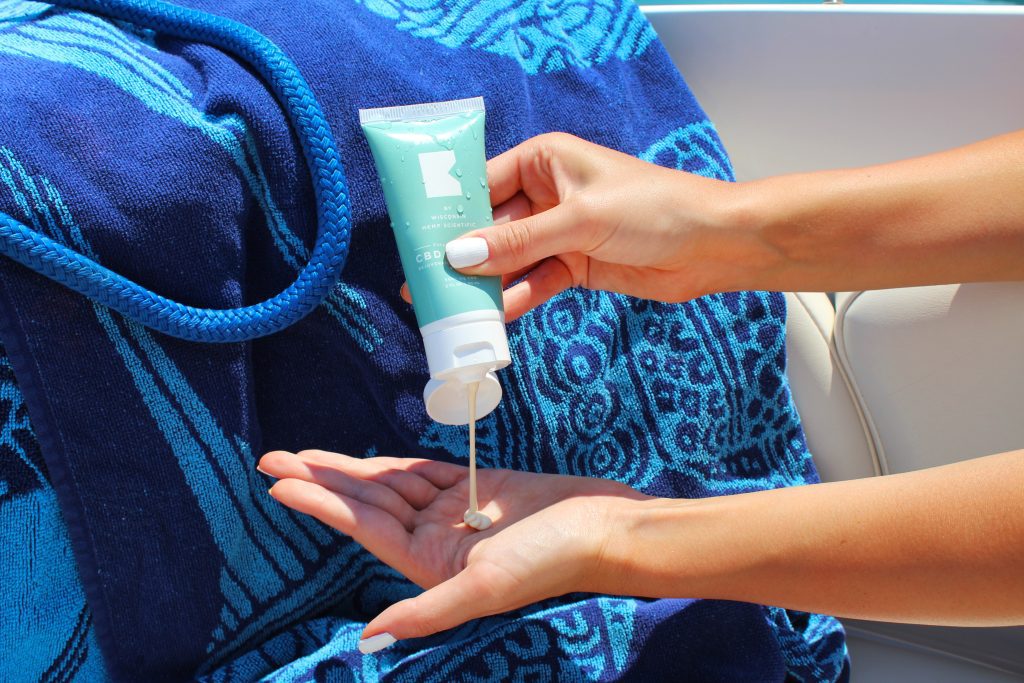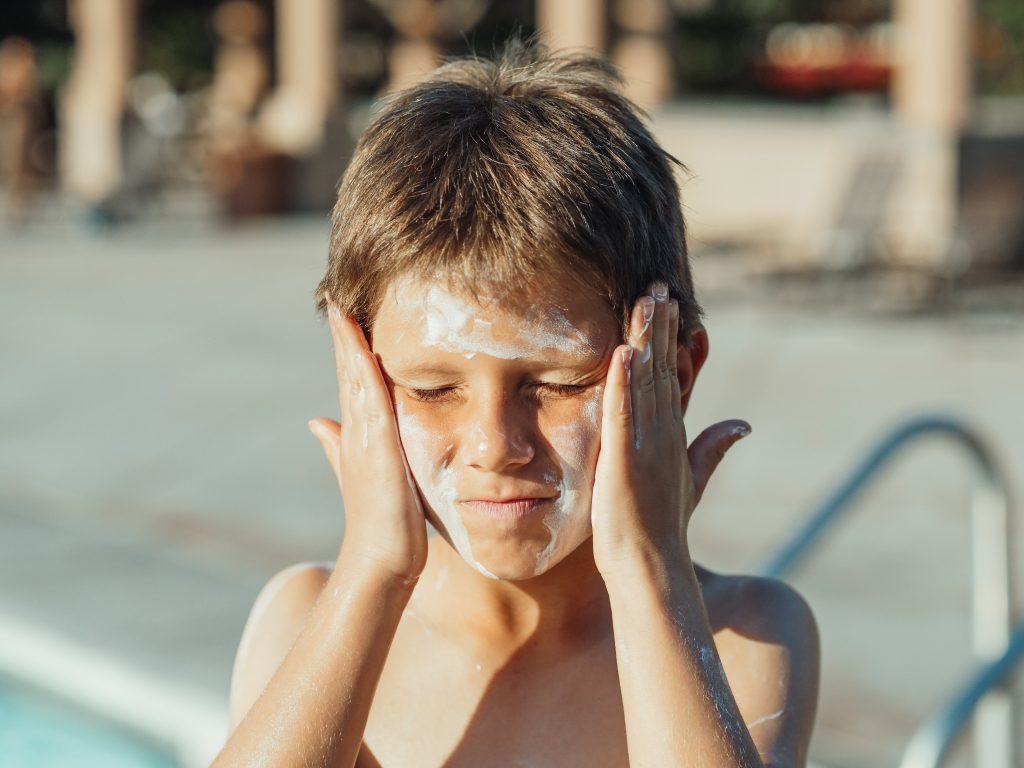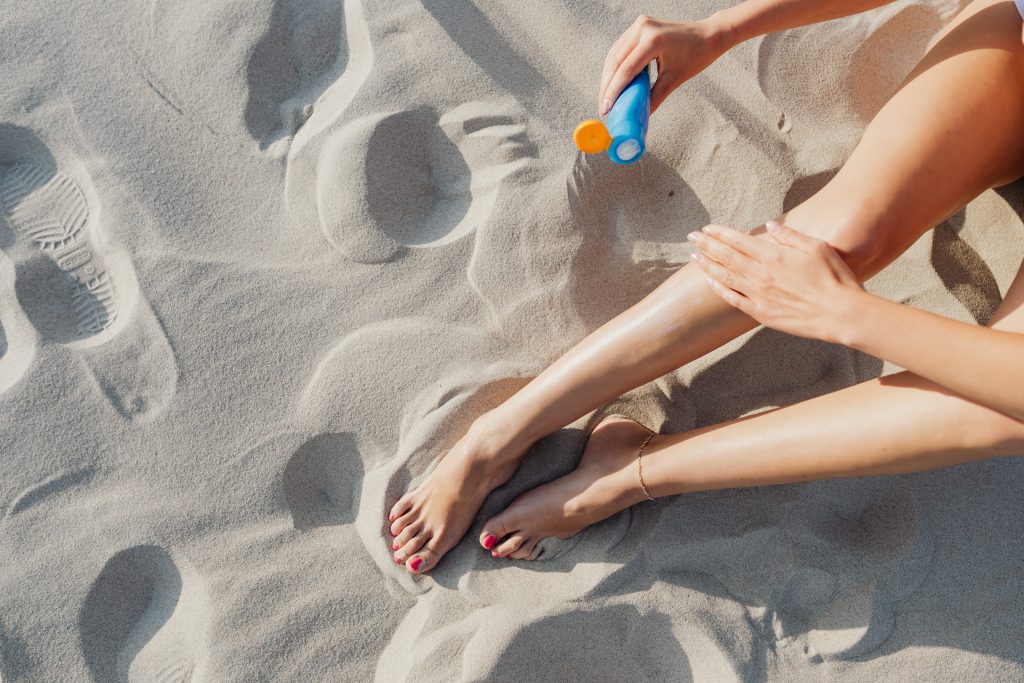Is Your Sunscreen Actually Protecting Your Skin? A Closer Look at Sun Protection
Sunscreen is an indispensable ally in our daily skincare routine, offering protection against the sun’s harmful ultraviolet (UV) rays. However, are you certain that your sunscreen offers the required protection for your skin? In this article, we explore the elements that affect sunscreen performance and share advice on guaranteeing your sunscreen functions at its best.

Check the Ingredients
UVA rays may lead to early aging and play a role in skin cancer development, whereas UVB rays cause sunburns. Search for active components such as avobenzone, titanium dioxide, or zinc oxide, which provide comprehensive protection against both types of rays.
Assess the SPF
Sun Protection Factor (SPF) gauges the effectiveness of sunscreen in shielding against UVB rays. Skin specialists suggest utilizing sunscreen with a minimum SPF of 30, which obstructs nearly 97% of UVB rays. It is essential to note that no sunscreen provides 100% protection, and higher SPFs offer only marginally better coverage.

Significance of Expiration Date
The potency of sunscreen diminishes with time. It is crucial to examine the product’s expiration date to verify that it has not expired. Expired sunscreen may have reduced efficacy, leaving your skin more vulnerable to UV damage.
Application Techniques
The way you apply sunscreen is crucial to its effectiveness. Be generous when applying sunscreen, using about one ounce (a shot glass) for an adult’s body. Ensure that you protect all exposed body parts, paying attention to frequently neglected areas such as the ears, the nape of the neck, and the tops of your feet.
Storage Environment
Keep sunscreen in a cool, dry location, away from exposure to direct sunlight. Exposure to heat or sunlight can degrade its protective properties, reducing its effectiveness.

Don’t Rely Solely on Sunscreen
Remember that sunscreen is just one aspect of a comprehensive sun protection strategy. Combine sunscreen use with sun-protective clothing, wide-brimmed hats, sunglasses, and seeking shade during peak UV hours (usually between 10 a.m. and 4 p.m.).
The effectiveness of your sunscreen depends on various factors. By paying attention to these elements and incorporating other sun protection measures, you can ensure that your sunscreen is actually protecting your skin from the sun’s harmful rays, reducing your risk of sunburn, premature aging, and skin cancer.
